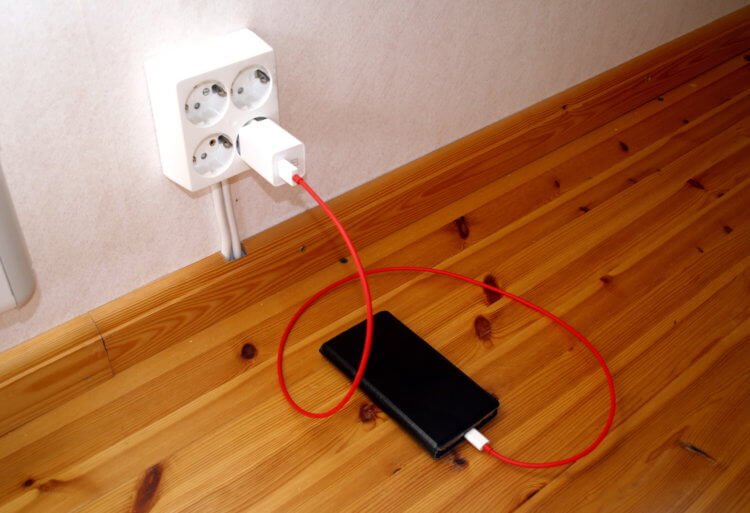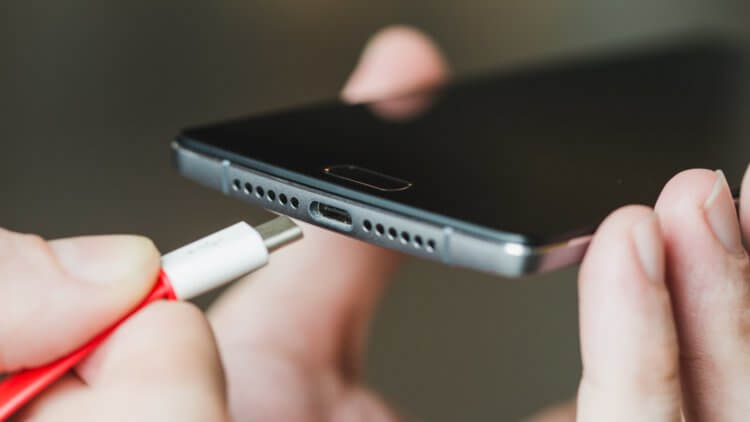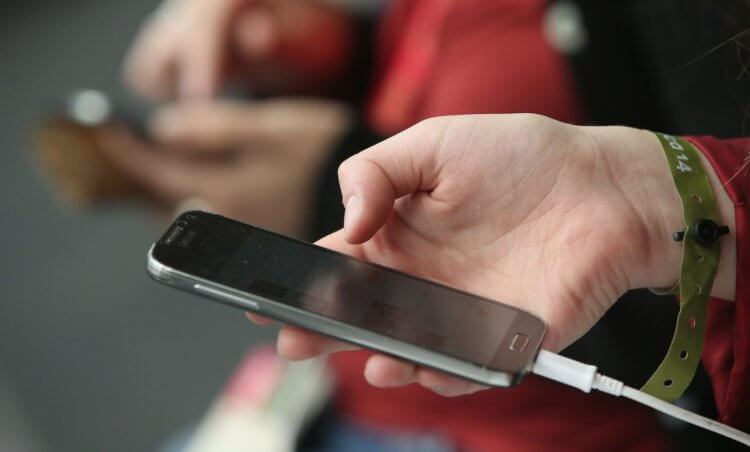Charging your smartphone has never been considered a particularly difficult procedure. Despite the fact that at one time it was customary to calibrate the battery, this had only an indirect relationship to the charging process itself. And even then it can be difficult? I connected the device to the power supply and wait until it is charged to the required limits. If you want it to be no more than 80%, unplug your smartphone from the outlet early; if you want it to be 100%, you can leave it overnight. But what's strange is that almost no one knows how to properly connect the device to the charger.

Charging a smartphone is a rather primitive process, but it also needs to be approached wisely
First, answer yourself a simple question. In what order should the smartphone be charged: first plug the power supply unit into the outlet, and then connect the cable to the device, or first connect the cable to the device and then insert the power supply unit into the outlet?
How to charge your smartphone

It is very important to properly charge your smartphone in order to save it.
I am more than sure that most of you have not even thought about it, doing as you have to. In the end, it is really difficult to believe that such a small thing can influence something. But, as it turned out, there are no trifles in matters of ensuring the safety of electronic devices, and the right way is the first, when first the charger is inserted into the outlet, and only then the smartphone is connected to it. Why? Let's figure it out.
The reason for this ritual of connecting a smartphone to an outlet, oddly enough, is possible voltage drops. After all, even if you use a certified power supply and cable, this is not a guarantee of salvation from sudden current surges. I think you have witnessed them more than once. The same buzzing coming from the outlet or surge protector is the voltage drop.
Why are voltage drops dangerous?

Power surges are very dangerous for smartphones and their batteries
In fact, in legal practice, there is no such thing as a 'surge' or 'drop' in voltage. There are only so-called deviations in the quality of supplied electricity from the requirements of regulatory documents. But, be that as it may, the harm that power surges inflict on electronic devices is not covered by the warranty and is generally not subject to free repair. That is why it is extremely important to follow simple safety precautions.
If you first insert the cable into the charger socket and plug it into a power outlet, and the surge is strong, it may damage the smartphone. It is impossible to track the jumps in advance, because they are impulsive in nature and appear at once, which, however, does not prevent them from harming electronics. Moreover, the degree of damage can be very different – from a decrease in the battery life, which you will not even notice, to physical damage to microcircuits.
But what if the jump occurs after the smartphone is plugged into an outlet? In fact, too, nothing good. But since the power supply is already connected to the mains, the load will not be as strong. Why it happens?
Imagine that you are touching an electrified sweater. The moment you touch it, you get an electric shock. However, if you leave your hand on it without removing it, you will no longer be electrocuted. The same thing happens with the connected power supply.
How to charge your smartphone

Use only certified chargers, otherwise, expect trouble
However, it is wrong to hope that already connected devices are not subject to voltage surges. But, fortunately, you can protect yourself from them:
- Use only original chargers and cables – they have built-in power controllers;
- Connect smartphones to charging only through surge protectors – they neutralize voltage drops;
- Connect the power supply first to the outlet, and then – the cable to the charging hole.
- Use wireless charging if your smartphone supports it – they are the least afraid of power surges.
In fact, nothing complicated. The main thing is to stick to these simple rules and the battery and other hardware components of your smartphone will remain intact.
